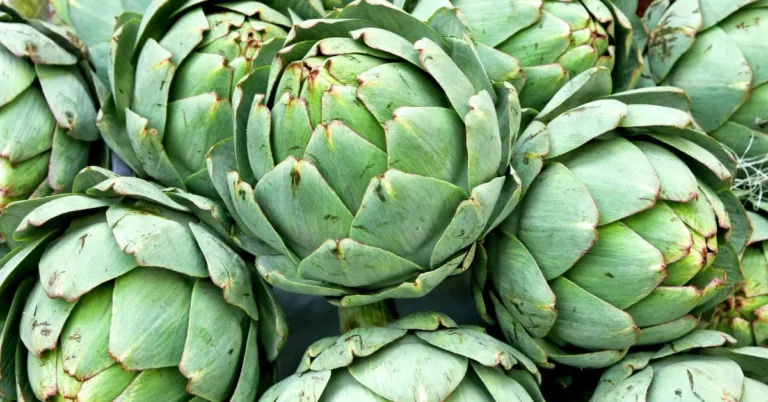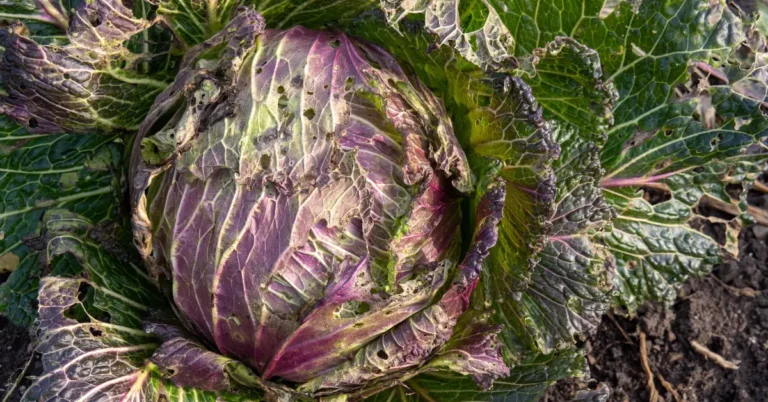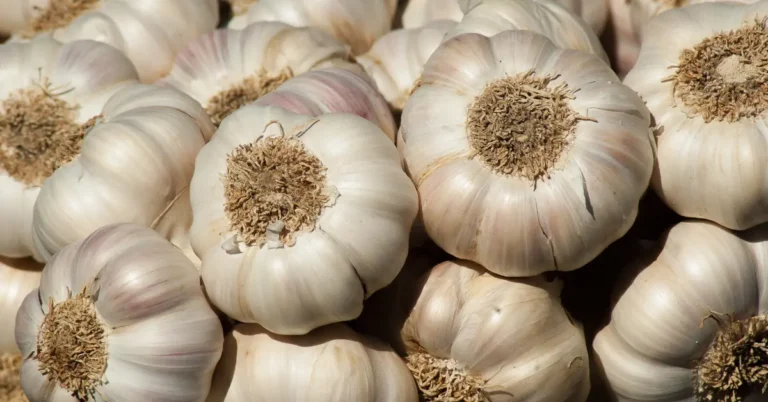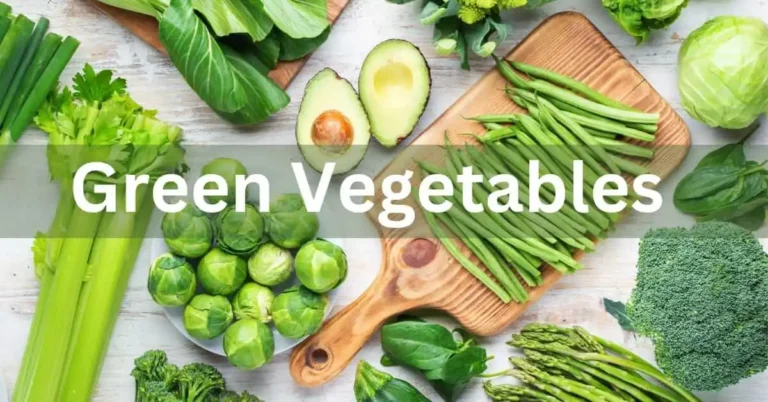All about Leafy Green Vegetables with their Types and Benefits
Regarding healthy eating, leafy green vegetables take center stage, offering crisp flavor and nutrients. From the classic crunch of lettuce to the boldness of kale, these edible wonders tantalize your taste buds. Our journey into leafy greens, uncovering their nutritional secrets, begins here.
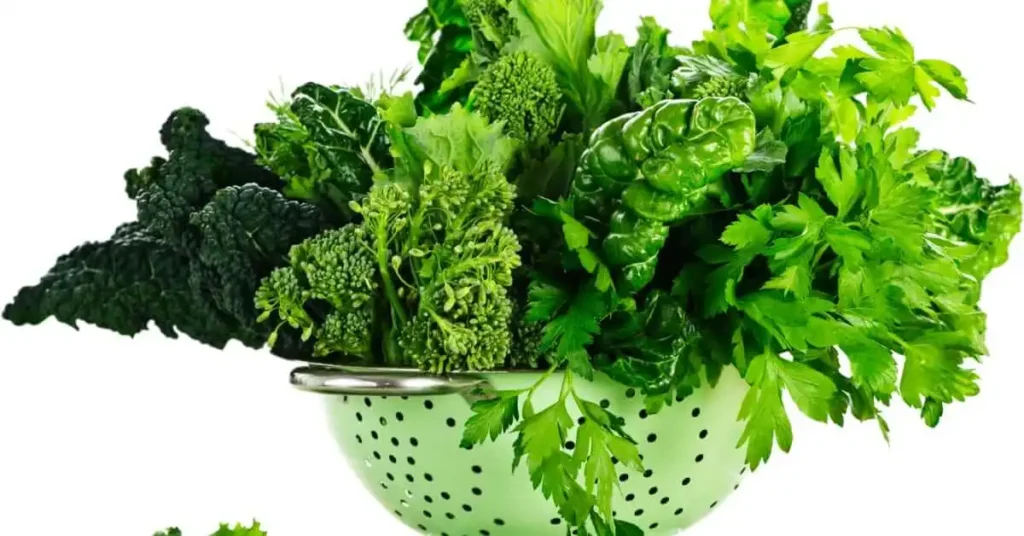
The Value of Including Greens in Your Diet
As our world becomes increasingly fast-paced and convenient, leafy green vegetables are becoming more critical. Due to their high nutritional content and low-calorie content, these veggies are essential to a healthy diet. In addition to vitamins A, C, and K, they contain many other nutrients.
The Nutritional Worth of Leafy Green Vegetables
Leafy green vegetables are nutrient-dense. Packed with vitamins A, C, and K, they support healthy bones and immunity. Rich in minerals that promote vitality, such as calcium and iron. Their high fiber content facilitates digestion and supports a wholesome, well-balanced diet.
Popular Leafy Green Vegetables:
1. Spinach:
Spinach is a leafy green vegetable that belongs to the amaranth family. In addition to its delicate leaves, spinach is a very adaptable, versatile green. It tastes great in salads and prepared in various recipes, both raw and cooked. Iron, calcium, and vitamins A & C are abundant.
Consuming spinach may contribute to overall health. It is often lauded for its role in promoting cardiovascular health bone health, and providing anti-inflammatory and antioxidant benefits.
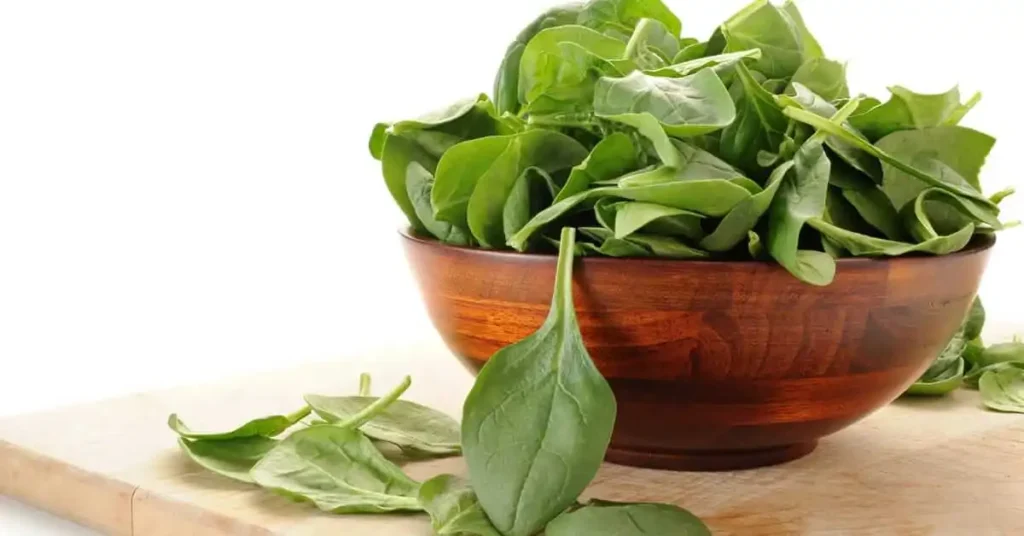
2. Kale:
Kale is a leafy green vegetable and a member of the Brassica oleracea family, including cabbage, broccoli, and Brussels sprouts.
An antioxidant powerhouse, kale is rich in fiber, antioxidants, and various vitamins, including A, C, and K. Kale is essential to many health diets.
Kale can be enjoyed in various ways. It can be added to salads, smoothies, soups, stews, or sautéed as a side dish. Kale chips, made by baking or dehydrating kale leaves, have also become a popular snack.
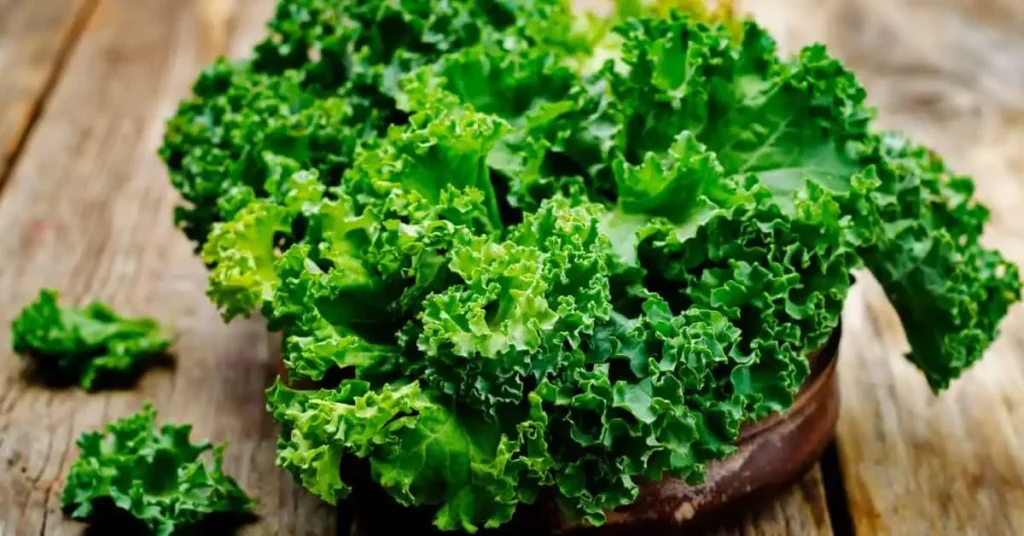
3. Swiss Chard:
Swiss chard, scientifically known as Beta vulgaris subsp. Cicla is a leafy green vegetable closely related to beets and spinach.
Swiss chard gives food a vibrant color. A rich source of potassium and magnesium, it promotes the health of bones and heart health.
Swiss chard is a cool-season crop and can be grown in spring or fall. Harvesting is typically done by cutting the outer leaves, allowing the inner leaves to grow. This method allows for a continuous harvest over an extended period.
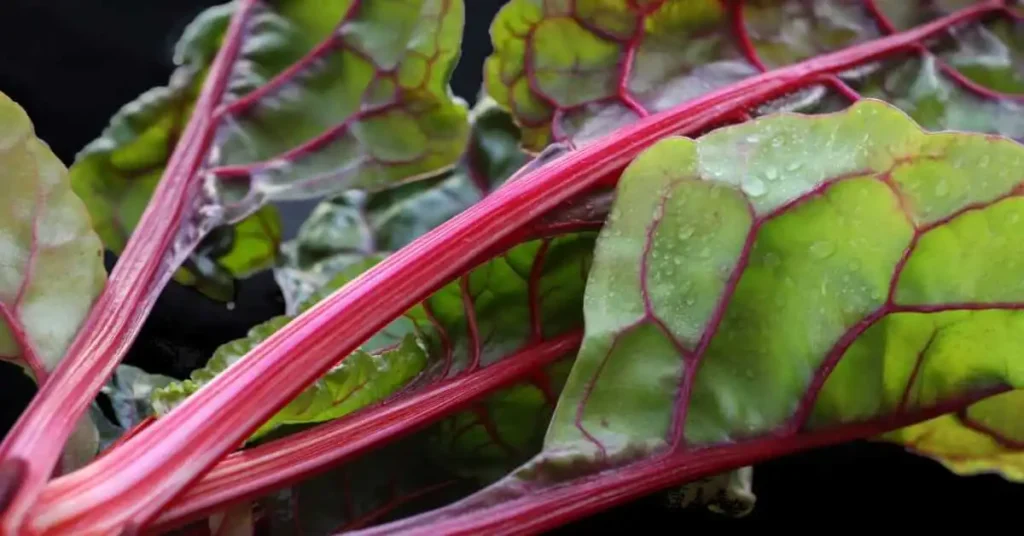
4. Collard Greens:
Collard veggies have large, dark green leaves that are smooth in texture. They have tough stem that needs to be removed or cooked for an extended period to become tender.
A Southern favorite, collard greens are high in vitamins A, K, and C and fiber. They are added to sautés and stews.

5. Romaine Lettuce:
With its crisp texture and vibrant green leaves, Romaine lettuce is a nutritional powerhouse in leafy greens. Beyond its refreshing taste, Romaine is a rich source of essential vitamins, including A, C, and K. Its sturdy leaves make it an ideal choice for salads, providing a satisfying crunch that elevates any dish.
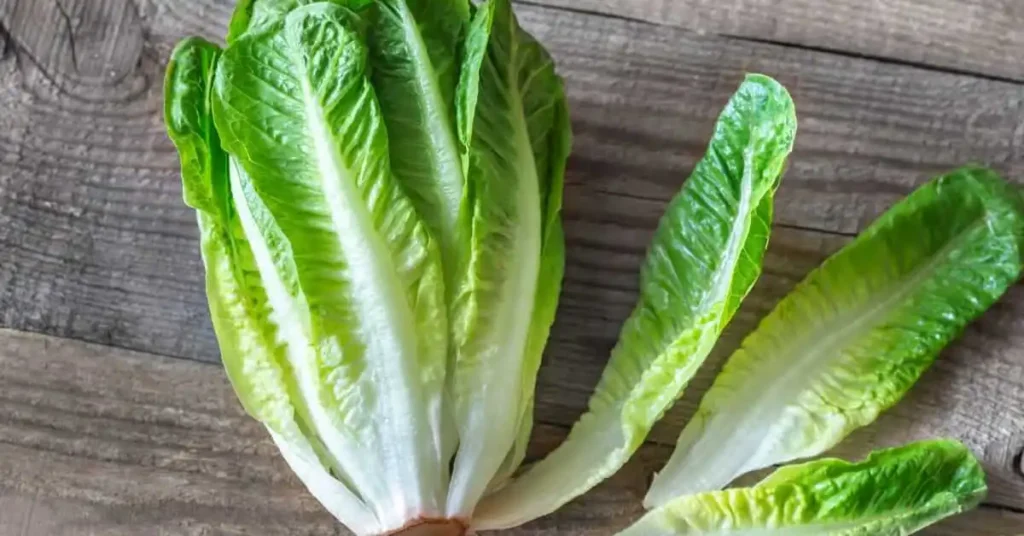
6. Arugula:
Arugula, also known as rocket, brings a delightful peppery kick. This leafy green is a flavor enhancer and a nutrient-dense addition to your meals. Arugula contributes to well-being by bursting with vitamin C, potassium, and folate.

7. Mustard Greens:
With their distinct peppery taste, mustard greens add spice to your culinary endeavors. These leafy wonders are flavorful and packed with essential nutrients. High in vitamins A, K, and folate, mustard greens contribute to bone health and immune function.
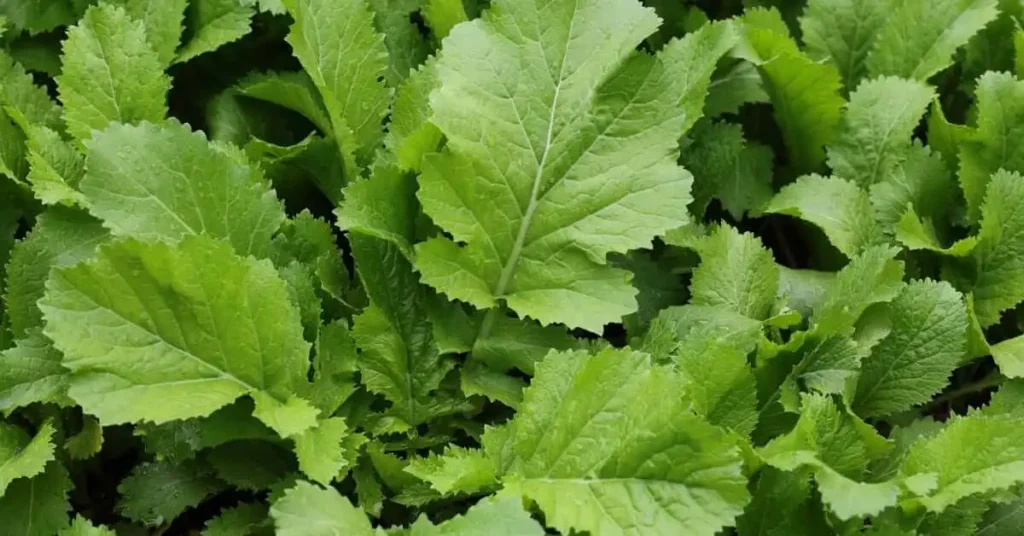
Cooking and Incorporating Leafy Green Vegetables
Leafy green vegetables become more flavorful when cooked. Soups can taste different by adding, sautéing, or steaming them. Sandwiches, smoothies, and salads mix perfectly. Trying other recipes with these adaptable greens enhances meals and provides a savory and nutrient-rich gastronomic experience.
Purchase and Storage Advice
When buying green leafy vegetables, choose those with crisp and colorful leaves. By wrapping paper towels around them, you can keep them fresh for extended periods.
Effects on Health and Research
According to scientific research, regular consumption of leafy green vegetables has been linked to a lower risk of chronic illnesses like heart disease and some types of cancer. Their ability to reduce inflammation promotes general health.
Leafy Green Vegetables in Various Cuisines
Leafy green vegetables are prominently featured in many cuisines across the globe. These vegetables give flavor, texture, and essential nutrients to various dishes, including Asian stir-fries and Mediterranean salads.
Challenges & Solutions to Consuming Leafy Green Vegetables
Including greens in meals can be challenging if you’re not used to their flavor. Try experimenting with different recipes and seasoning methods to make them more palatable.
As you can see in this graph, there are a few veggies that you should eat & their benefits.

Impact on the Environment and Economy
Leafy green vegetables require less space and water than other crops. Their year-round availability also helps maintain market price stability and food security.
Tips for Growing Your Greens
Even with limited space, growing your greens is possible. One can cultivate spinach, kale, and other greens using containers or small garden patches, ensuring a fresh and organic supply.
Myths and Facts Surrounding Leafy Green Vegetables
Vegetables with green leaves contain both myths and truths. Despite popular belief, these greens can be delicious when prepared differently. Every variety contains unique nutrients, which are made more accessible through cooking. They aren’t just for salads; many recipes use them. And no, kidney stones are not caused by moderate consumption. Some are only sometimes expensive, even though they’re simple to grow. They taste different and stay frozen. These vegetables are healthy for everyone, not just health enthusiasts. When these myths are dispelled, their varied flavors and superior nutritional value become clear.
Children’s and leafy green vegetables
It may be challenging to get kids to eat leafy green vegetables. However, you can make them more appealing by adding them to meals they already know or by presenting them in a fun way. Recipes like kale chips or spinach and cheese muffins tempt young palates.
Greens Are Beneficial for Fitness Fanatics and Athletes
Leafy green vegetables are an excellent source of essential nutrients for exercisers because they help with energy production, muscle repair, and recovery. They can help you perform at your peak when added to smoothies before exercising or meals after.
Including Greens in Particular Diets
Leafy green vegetables are especially beneficial for people on special diets such as gluten-free, vegetarian, or vegan. They provide an abundance of nutrients without sacrificing dietary choices or limitations.
Conclusion:
Leafy green vegetables are not only culinary delights, but they are also vital to our well-being. Whether it’s kale or Romaine, these nutritional powerhouses offer a symphony of flavor and a treasure trove of nutrients. Whether we savor their taste or embrace their health benefits, leafy greens are a vibrant addition to our plates, helping us to achieve a healthier, happier life.

